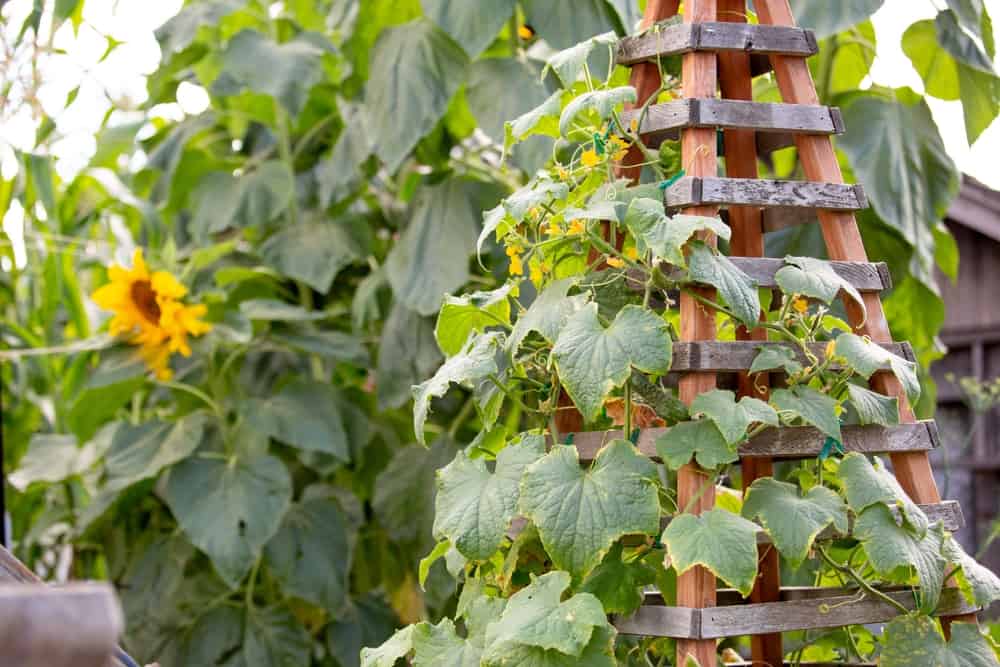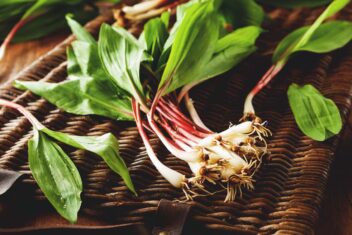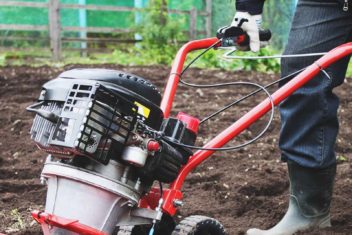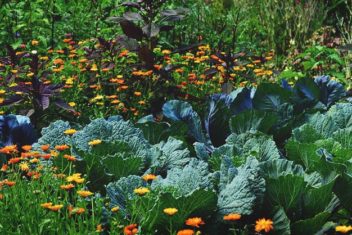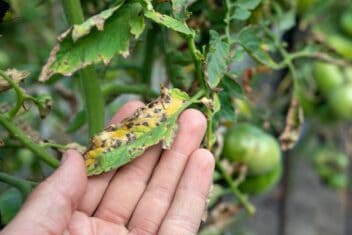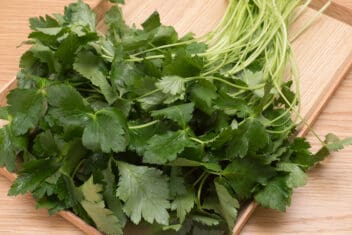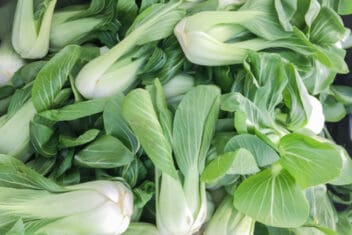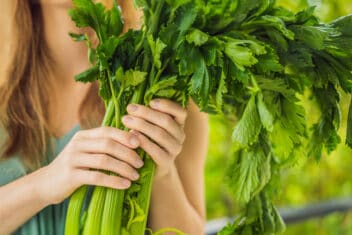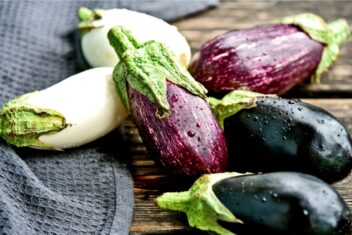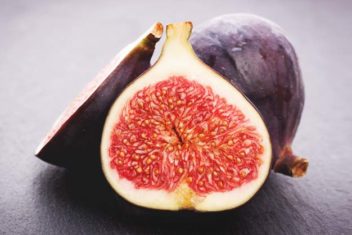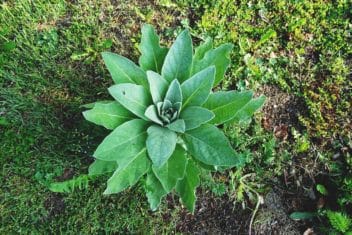If you’re low on gardening space, one of your best options is to grow up: literally. Trellises, lattices, and netting can help you grow more food than you can imagine by taking advantage of whatever vertical space is available.
Below is a roundup of 20 climbing and vining plants ideal for growing on these supports.
These include vegetables, fruits, and edible flowers, all of which come in various shapes and sizes. Of course, you don’t have to be low on space to work these into your garden plans. Incorporate vertical gardening wherever possible to double or triple your harvest!
1. Climbing Peas
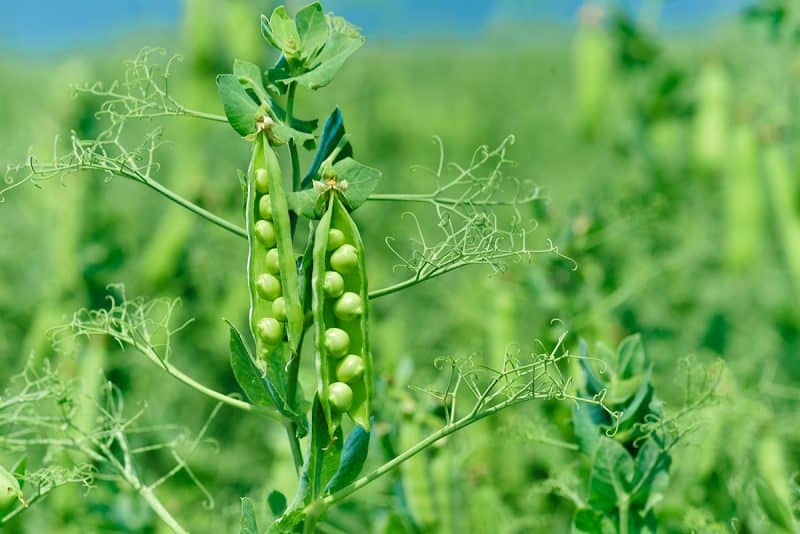
These cool weather climbers (Pisum spp.) are great for temperate climates and short growing seasons. They don’t like a lot of heat, so most people grow them in spring or autumn.
Although they do best in (milder) direct sunlight, they’ll also tolerate shade well. This makes them ideal for spots in your garden that aren’t great for sun-loving nightshades or cucurbits.
You can train your peas up tipi or other trellis structures or DIY something fun for them to climb on. We’re currently growing ours on lean-to frames strung with twine-like looms.
Water at the root level to avoid powdery mildew, and you should be able to start harvesting in 50-60 days.
2. Pole Beans
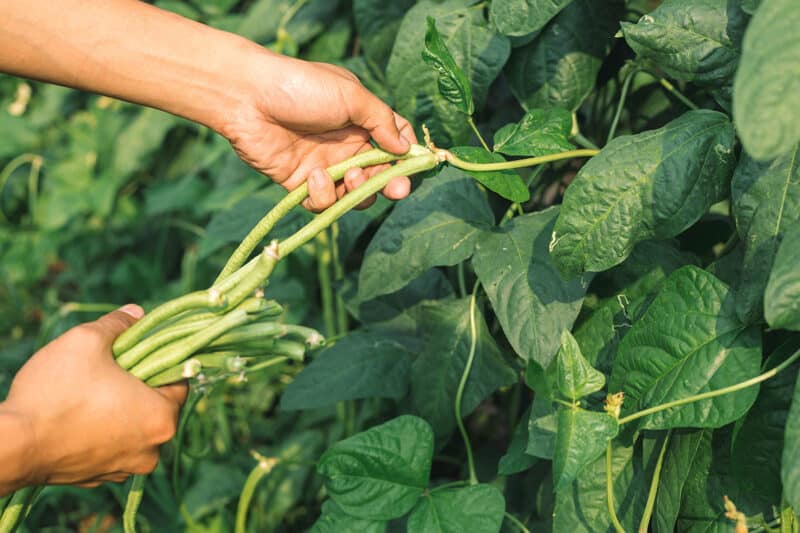
No matter where you are in the world, there’s a pole bean (Phaseolus spp.) that’s ideal for your locale. Try to choose one that’s indigenous to your area for the best results. Alternatively, aim for cultivars that come from similar growing zones.
You can cultivate your pole beans up trellises, mesh, or even twine. Just make sure the soil is in good condition, and that your plants will get plenty of sunshine or these climbing and vining plants will struggle to produce.
3. Cucumbers
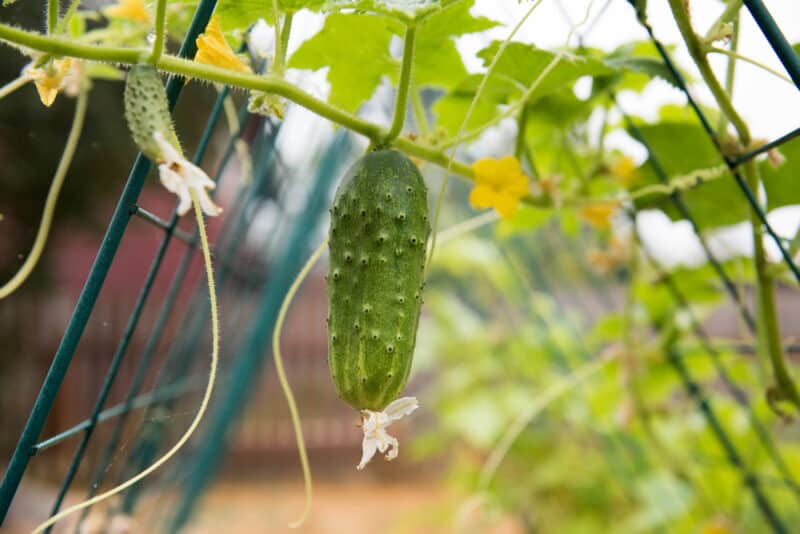
Did you know that cucumbers (Cucumis sativus) are climbers? Many people grow them along the ground, but they do best over trellises. In fact, one of the best ways to grow cucumbers is over a hoop tunnel.
Create a tunnel with cattle fencing, then plant your cukes down either side. As they grow, train their tendrils up and over the fencing. As they mature, their fruits will hang down through the fencing mesh for easy harvesting.
Alternatively, if you only have a small space to work with, then choose dwarf varieties. Aim for early pickling cucumbers instead of those that’ll grow a couple of feet long. Then attach a trellis to a sunny wall and get growing!
4. Cucamelons
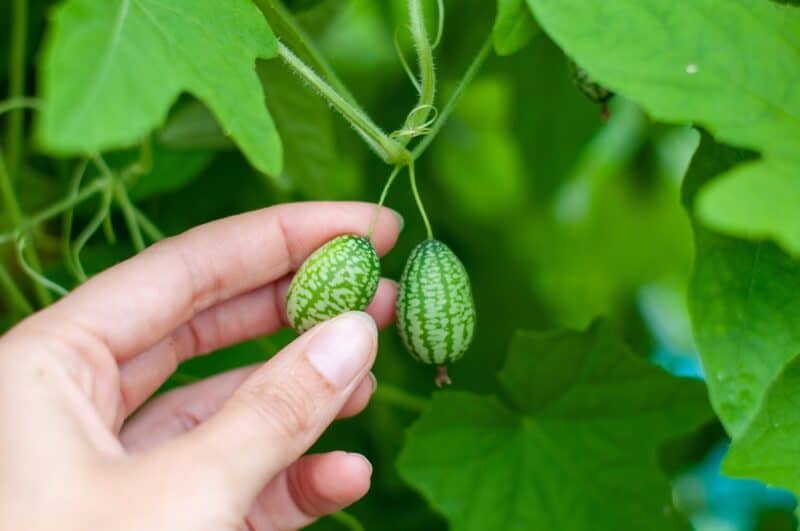
These Cucurbitaceae family members are cousins to both cucumbers and melons, only teensy. As such, cucamelons (Melothria scabra) are ideal for smaller and larger spaces. We can’t recommend them highly enough if you’re cultivating a patio or balcony garden.
These climbing and vining plants will eagerly wind up any lattice or support and are pretty easy to care for. However, try to get a disease-resistant cultivar, as they’re pretty susceptible to various mosaic viruses.
5. Vining Tomatoes
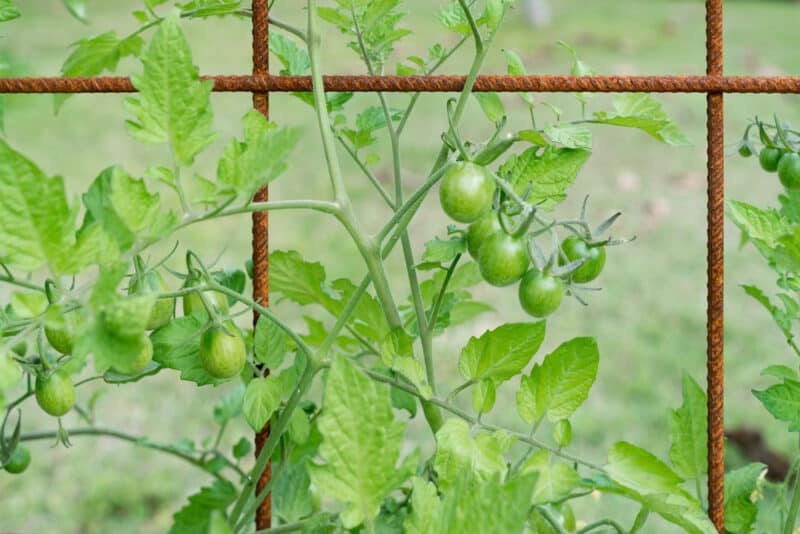
While tomatoes (Solanum lycopersicum) aren’t natural climbers per se, they are vines. As such, they’re ideally suited to this list of climbing and vining plants.
You can easily train them up a trellis, twine lattice, or even a wire fence! You’ll need garden tape or rags to secure the vines, so they’re held firmly but not damaged.
Don’t plant bush types. They won’t climb.
6. Sweet Potatoes
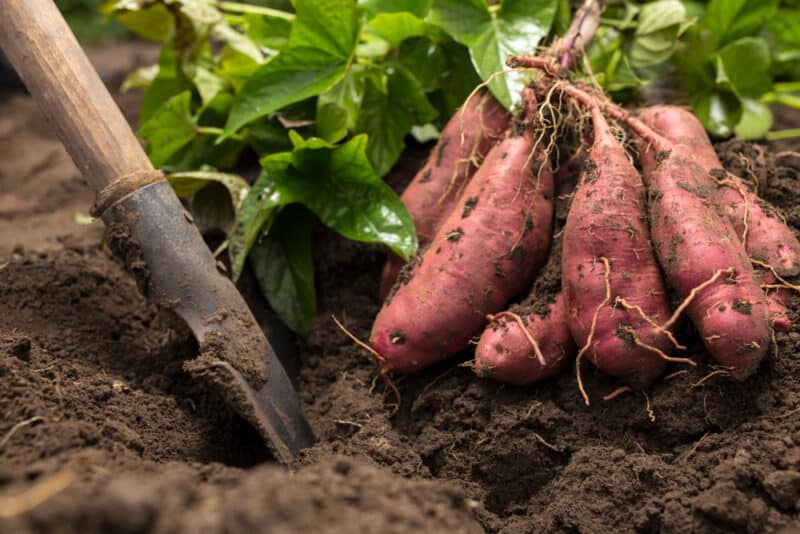
Although most people grow sweet potato vines (Ipomoea batatas) at ground level, they’re also great for vertical gardens. After all, they’re members of the morning glory family and can climb quite enthusiastically!
When I lived in California, we also grew climbing and vining plants over hoop tunnels. Since sweet potatoes are tubers, we planted them in deep raised beds and just had their green vines swooping over the tunnels.
That said, remember that sweet potato leaves and fines are edible! In fact, they taste a lot like spinach. Cultivating double- or multi-purpose plants like these is great for increasing your harvest in general.
These vines do best in well-draining, sandy loam soil with plenty of sunlight. Offer them both, and you’ll have oodles of sweet tubers to enjoy in a couple of months.
7. Kiwifruit
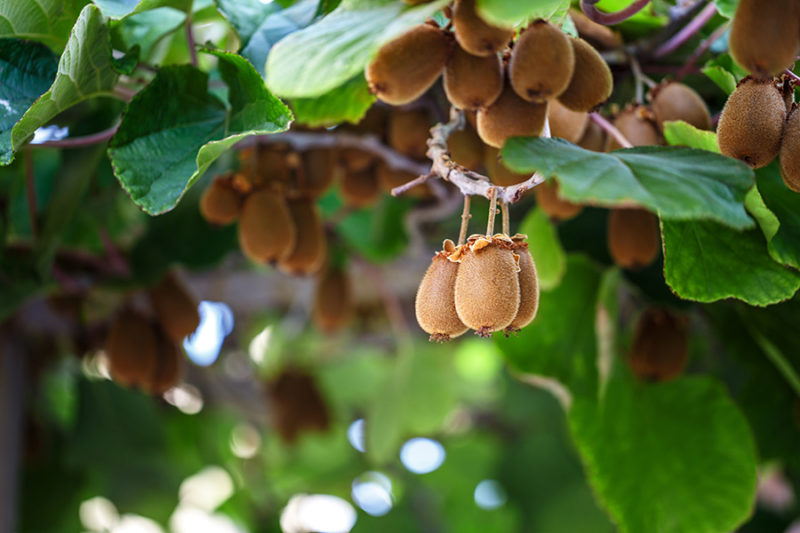
Kiwis (Actinidia spp.) can be grown in most climates, provided that you get a cultivar that’s suited to your zone. For instance, here in zone 4b, we need to get hardy (aka “Arctic”) kiwis (A. arguta) originally grown in Russia and northern China.
If you like these fruits and want to grow them vertically, know that you’ll have to grow several of them together. Kiwis are diœcious, meaning each plant is either male or female. As a result, you’ll need to have both male and female plants in order for them to be fertilized.
8. Summer Squashes
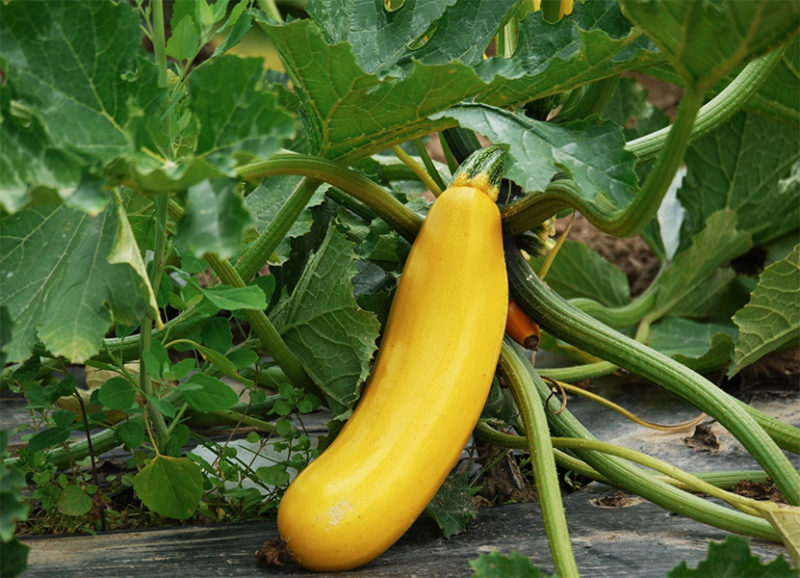
Squashes (Cucurbita spp.) can grow on either bushes or vines, depending on the cultivar, but both can be trained up and over trellises and similar supports. While winter squashes (like butternut and acorn) have little curly tendrils that grip onto their surroundings, summer squashes like zucchini or pattypan) do not.
Since these fruits can grow rather large and weighty, they need appropriate support. Frail little wooden trellises just aren’t going to cut it. Consider hefty cattle fencing, as mentioned earlier, or sturdier wooden trellises. When we say “sturdy,” we mean trellises made from 2×4-foot wooden planks, not balsa or bamboo rosebush supports.
Large winter squashes behave the same way that squashes do, inasmuch as they can be grown over trellises. Like large squashes, however, pumpkin fruits need extra support as they mature. Otherwise, they’ll snap the vines they’re growing on.
The best solution for supporting these fruits as they develop is to make hammocks for them. We used to use old nylon pantyhose, but now we crochet reusable supports out of jute or cotton twine.
9. Passionfruit
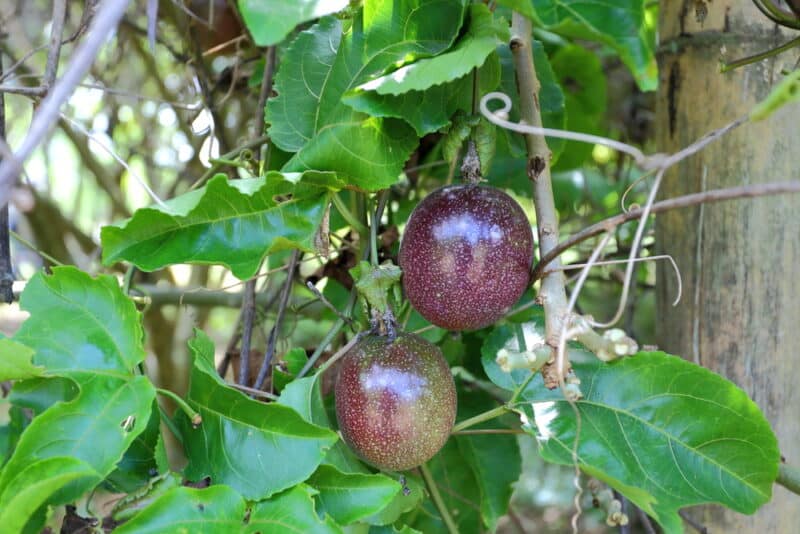
If you like luscious fruits and are in Zones 5+, consider growing passionfruit vines (Passiflora incarnata). They’ll explode into stunningly beautiful purple flowers and then become spectacularly delicious fruits. You can eat these raw or transform them into juices or preserves.
As a bonus, Passiflora incarnata is an invaluable medicinal plant. Its leaves, flowers, and fruits all have nervine and anxiolytic (anti-anxiety) effects. As such, eating the fruit or drinking a tea or tincture of the plant may help alleviate anxiety, insomnia, and stress.
10. Melons

Just like their squash, pumpkin, and cucumber cousins, melon vines (Cucumis spp.) can be grown over any trellis or arching support. However, choose sturdy building materials as these sweet, luscious fruits can get super heavy.
Consider using the aforementioned hammocks to help bear their weight as they ripen. Otherwise, they might drop to the ground and splatter most disappointingly.
11. Canary Creeper
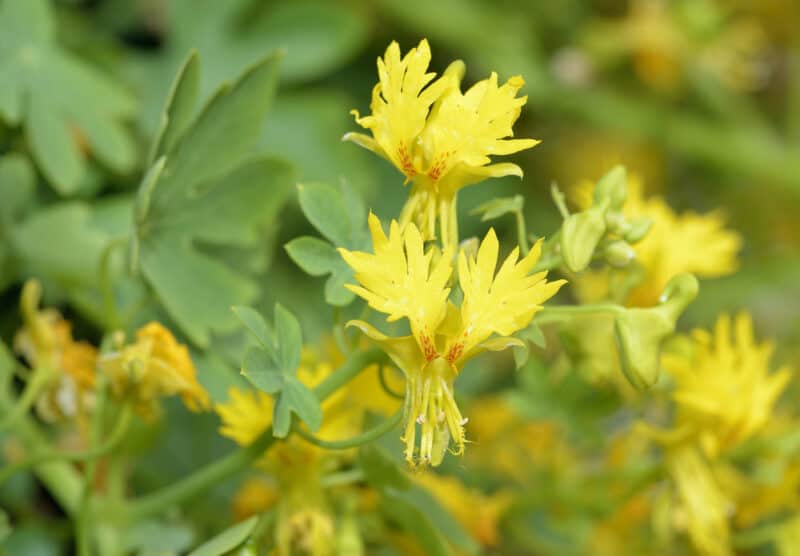
If you’re in a tropical location (USDA Hardiness Zone 10+), consider growing canary creepers (Tropaeolum peregrinum). These climbing and vining plants produce stunning edible yellow flowers.
They have a sharp, peppery taste similar to nasturtiums and are delightful additions to Indian and Middle Eastern dishes.
12. Malabar Spinach
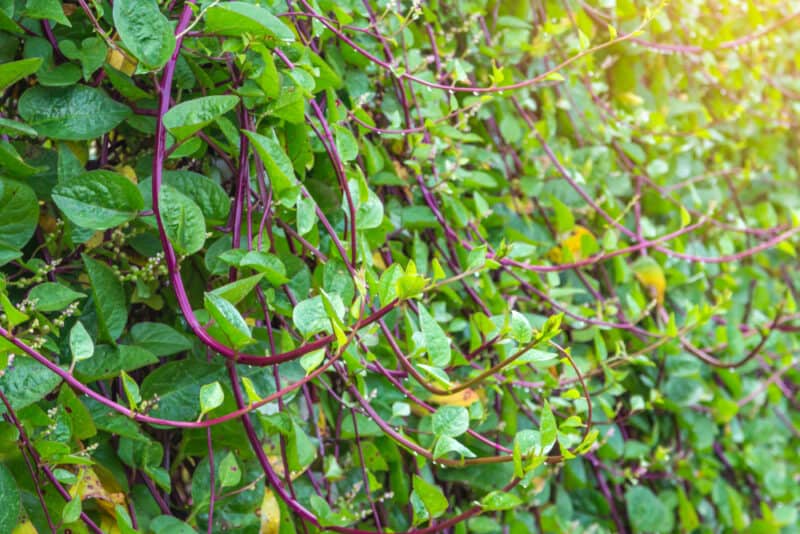
This is another great species (Basella alba) to grow if you’re in a tropical area in zone 10 and above. Unlike other types of spinach, which prefer cooler climates, Malabar spinach thrives in heat and humidity.
It’s a climbing perennial vine that’s fairly low maintenance and produces delicious, fleshy leaves.
13. Strawberries
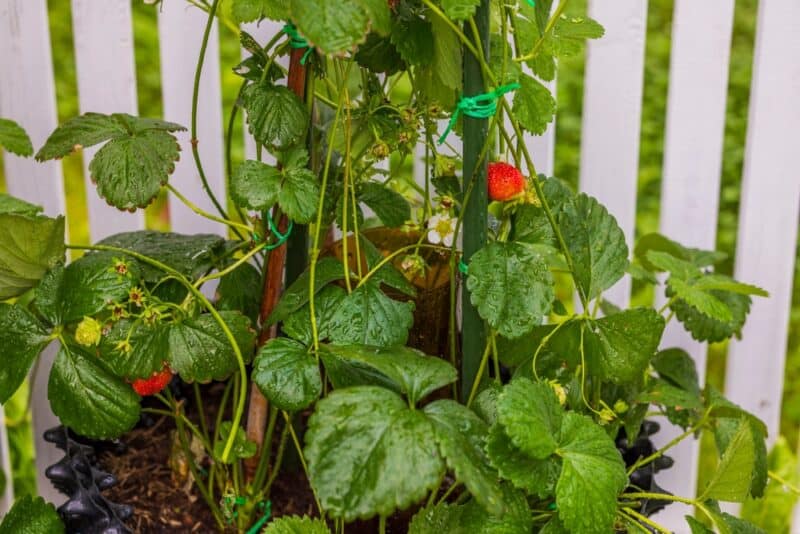
Although strawberries (Fragaria spp.) often vine along the ground, they can also be trained along trellises. In fact, some people hang their strawberry plants in baskets and train them downwards along the supports!
Be sure to choose disease-resistant varieties whenever possible, and protect your fruits from squirrels, birds, and other wild nibblers.
14. Grapes
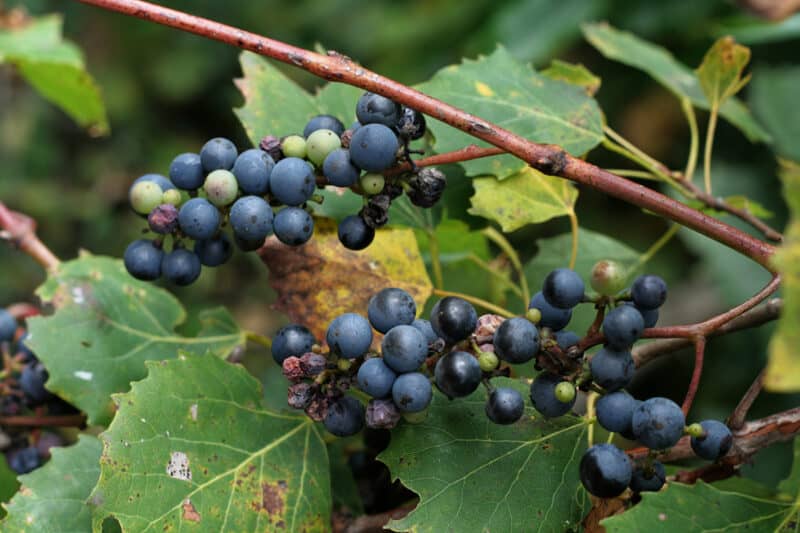
No list of climbing and vining plants would be complete without grapes (Vitis spp.), of course! You can find grape vines to suit almost every climate for various purposes.
For example, you can grow table grapes to enjoy fresh, or wine grapes to transform into tasty beverages. Some are dual-purpose varieties; you can transform both into jelly or other preserves.
Be careful about growing grapes if you’re allergic to bee or wasp stings. These insects love grapes and will be omnipresent all summer long.
15. Chayote
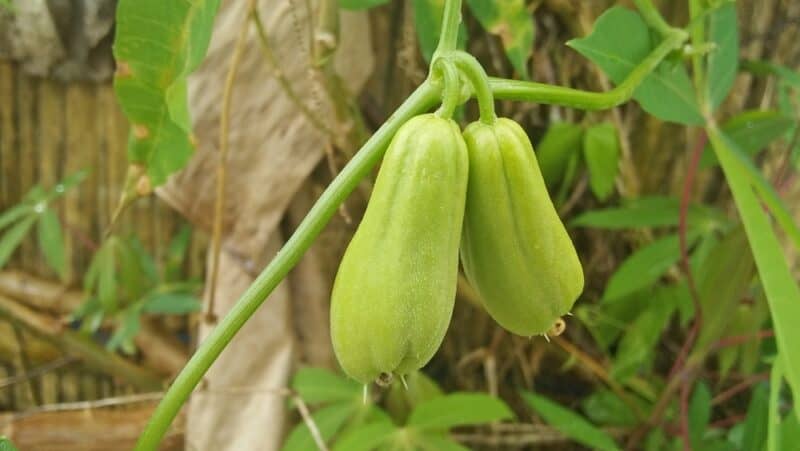
If you’re located in Zones 7 through 11, consider growing chayote fruits (Sechium edule). These are also members of the gourd (Cucurbitaceae) family and thrive in environments similar to their native origins, e.g. Mexico, Guatemala, and Honduras.
16. Nasturtiums
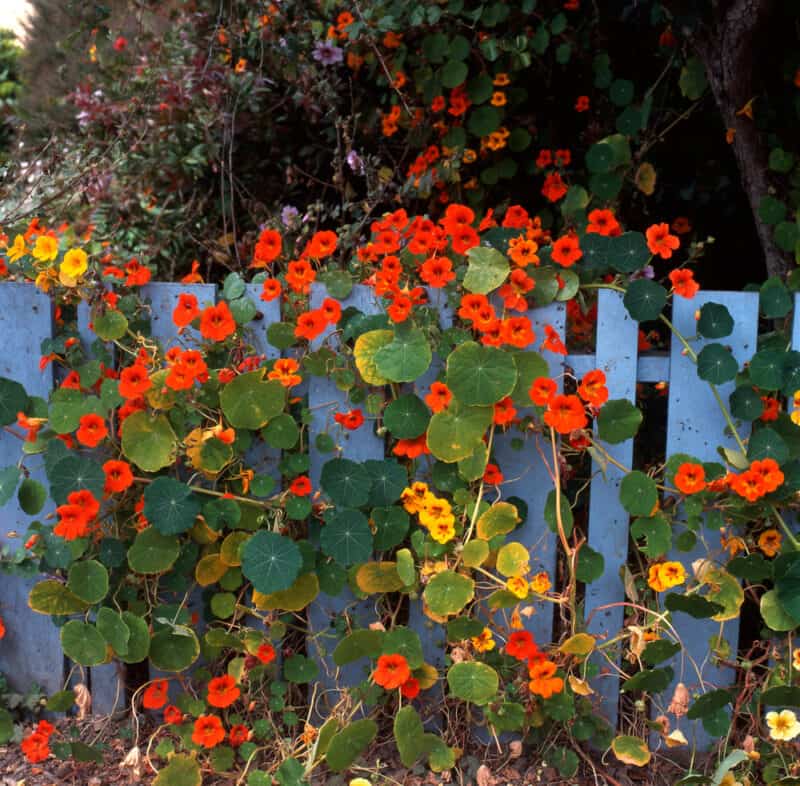
Although most people only think of nasturtiums (Tropaeolum majus) as pretty flowers, they’re also super-tasty food plants. Every part of the plant is edible, from the peppery flowers to the savory-spicy leaves and roots. Some people even harvest the young buds and pickle them like capers.
17. Roses
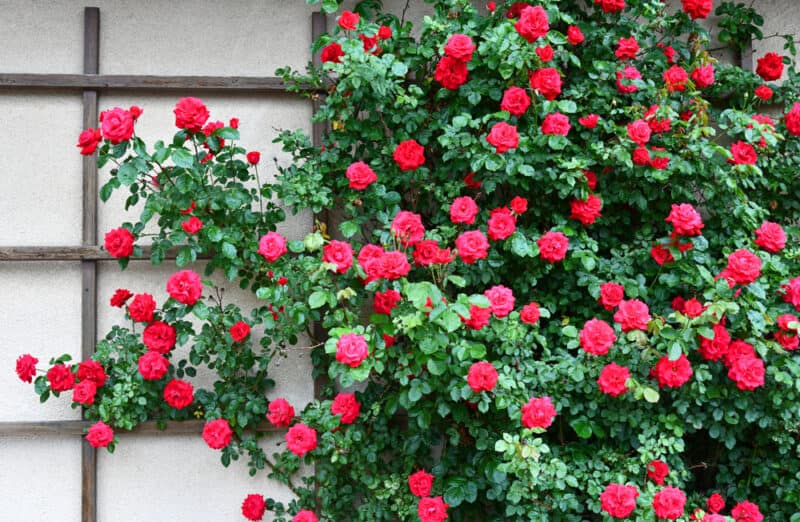
You’ve undoubtedly encountered climbing roses (Rosa spp.) before, right? Well, considering how edible (and medicinal!) these beauties are, they’re must-haves for this list of climbing and vining plants for your homestead.
Check out our article on the best edible roses to choose a cultivar that’s right for you. Then harvest the petals and hips for jams, jellies, and more!
18. Peppers
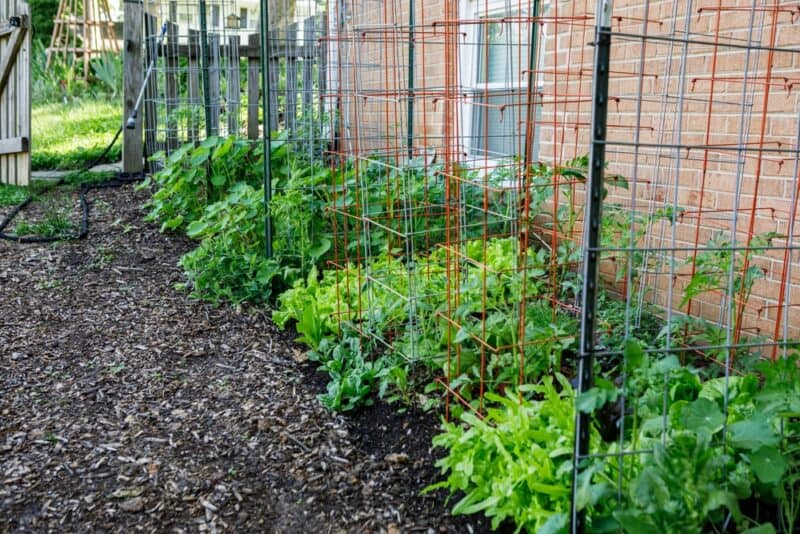
Like tomatoes, certain pepper varieties (Capsicum spp.) can be trained to climb trellises and other vertical supports. You can choose from a wide range of spicy or sweet types suited to your growing zone.
Considering that peppers can be grown from sub-Saharan Africa to Siberia, you’ll surely find one that’ll thrive in your garden.
19. Chocolate Vine
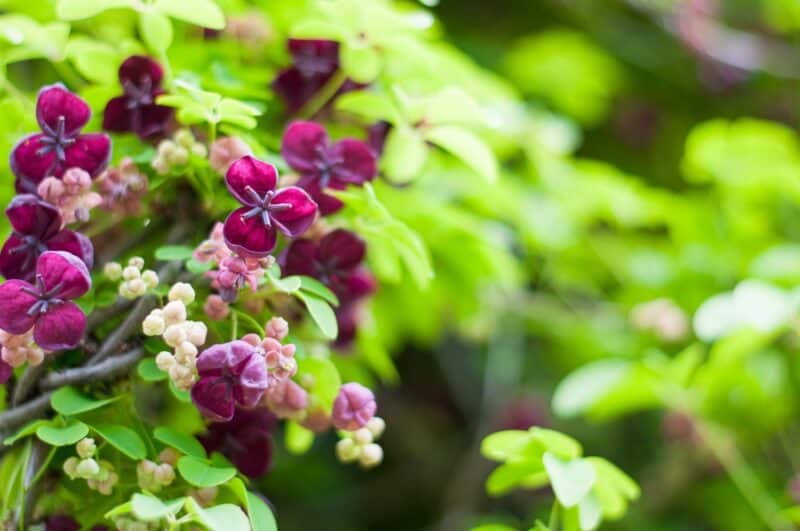
Have you ever heard of this plant before? Chocolate vine (Akebia quinata) is native to parts of China, Japan, and Korea. As such, it’s hardy in growing zones 5 through 9, and needs a great deal of sunshine.
You’ll be rewarded with bright purple flowers and breathtakingly delicious seed pods if you grow them successfully. These pods give off a chocolate-like scent, and their pulp tastes like tapioca pudding!
Tips For Choosing
When choosing the best climbing and vining plants for your garden, aim for those that will work best for your space.
For instance, small or dwarf species are ideal for balcony or patio gardens, while full-size varieties are great for training over hoop trellises or up walls.
Be sure to take full advantage of whatever vertical spaces you have available. If you don’t already have fences or trellises, you can easily rig some up with wood, string, or wire. The sky is the limit when growing upwards, so get creative.
